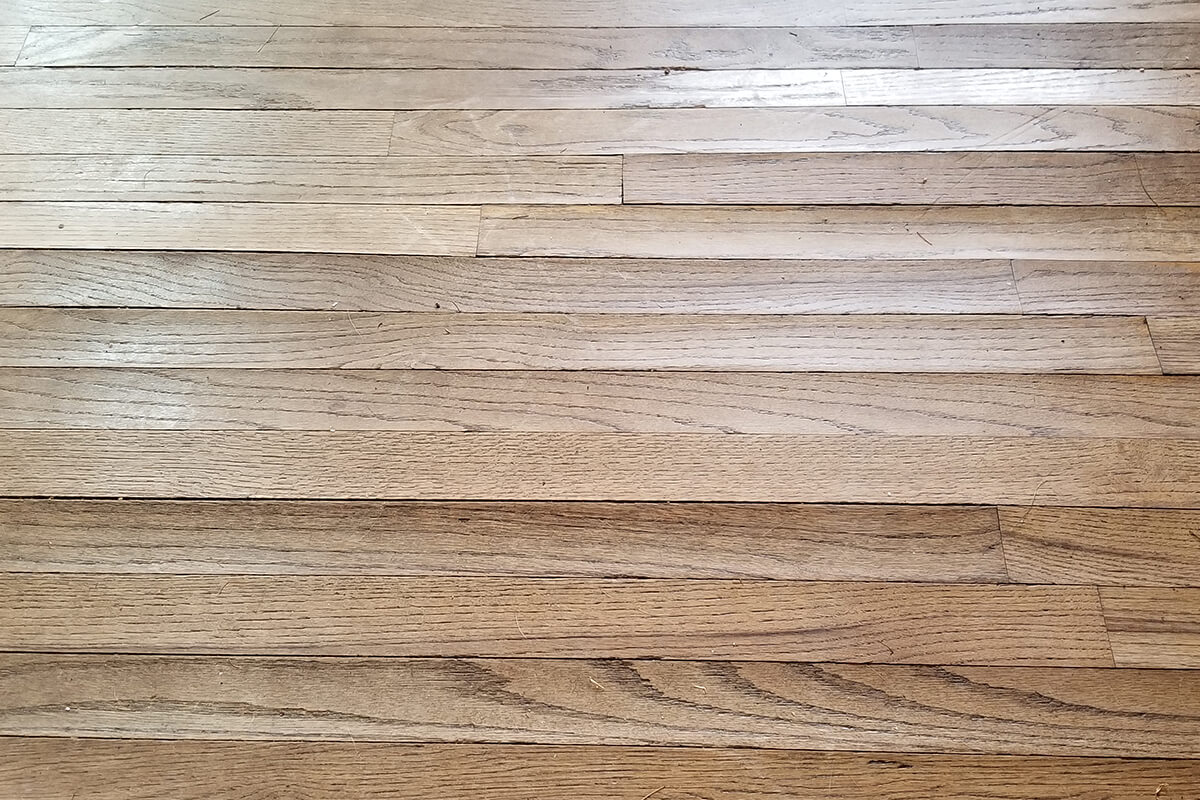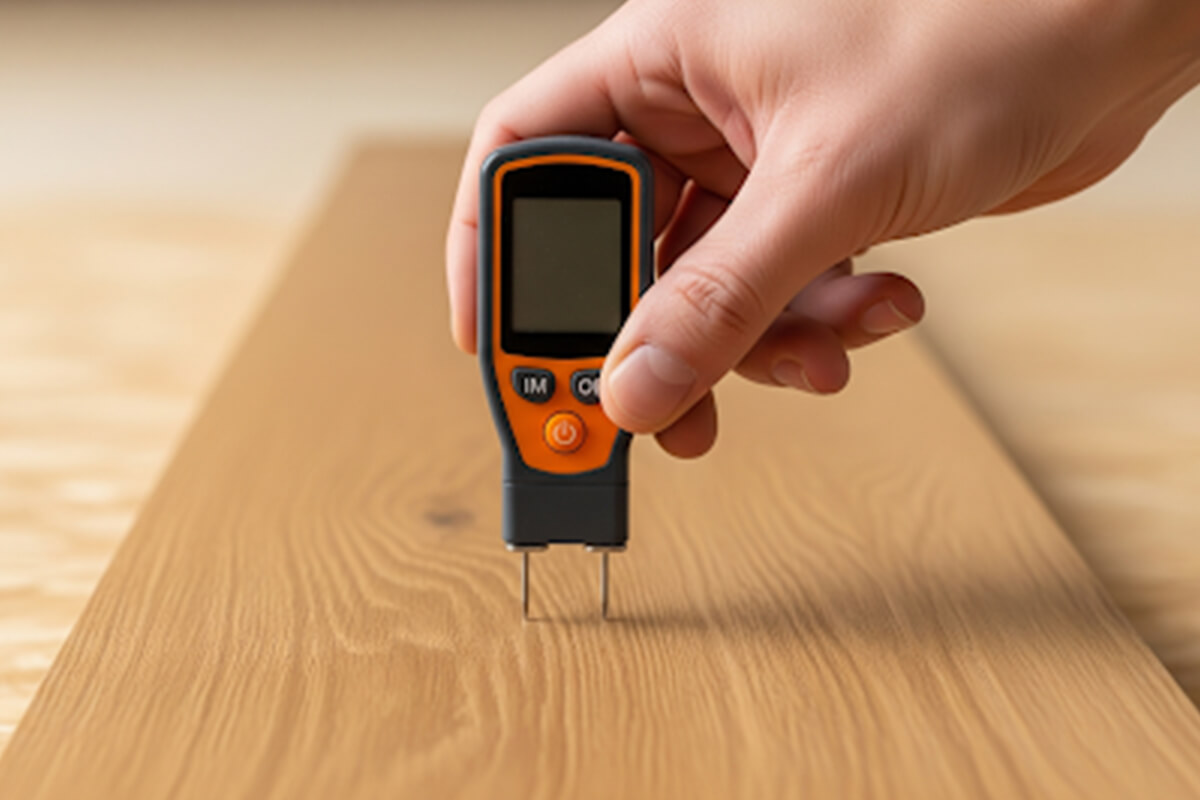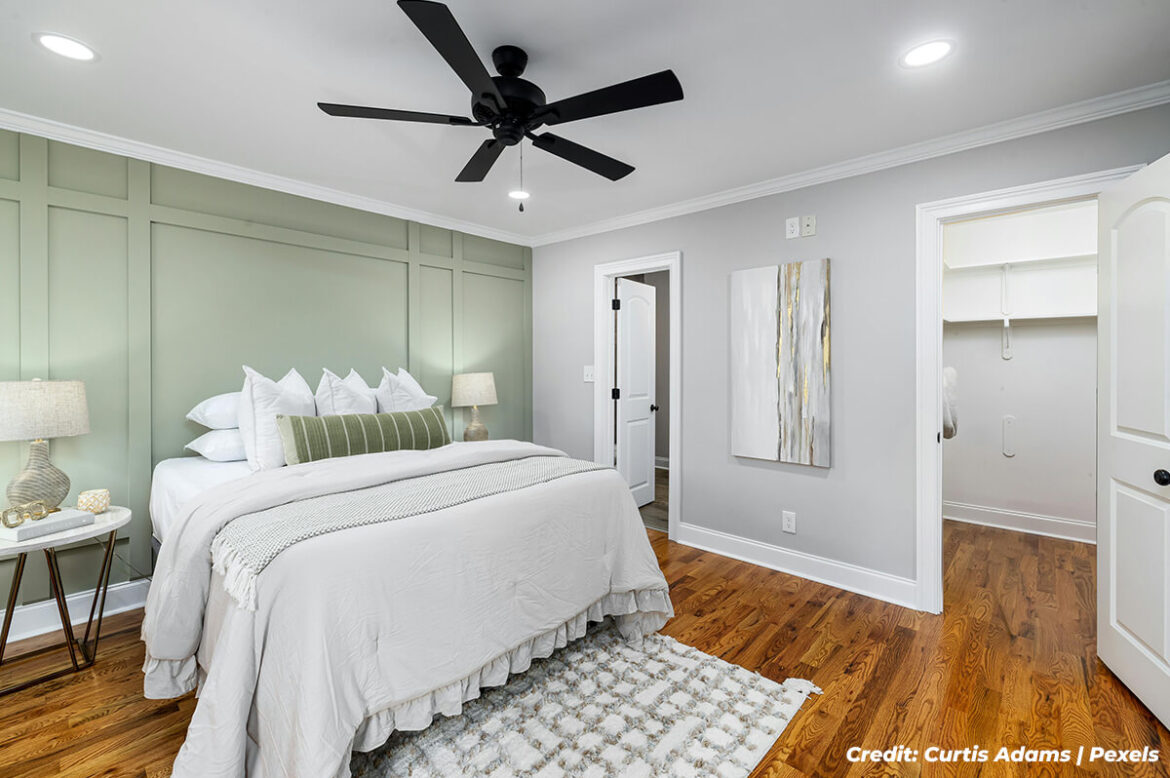The arrival of new hardwood flooring is one of the most exciting moments in any home renovation. The wood represents a promise of warmth, beauty, and timeless style. In the rush to see the final result, it can be tempting to proceed directly to installation.
However, the most critical step for the long-term success of your floor happens before a single board is laid – acclimatization. This patient waiting period is not an inconvenience; it is a fundamental process that ensures your beautiful new hardwood flooring can withstand the tests of time and climate without failing.
The Science of Acclimatization for Your Hardwood Flooring
To understand why this step is non-negotiable, you must first understand the nature of wood. Hardwood is a natural, hygroscopic material, meaning it functions much like a sponge. It continuously absorbs and releases moisture to find a balance with the air in its surrounding environment. This point of balance is known as its Equilibrium Moisture Content (EMC).
Preventing Gaps, Cupping, and Buckling

Your new flooring has been on a long journey (from a mill, to a warehouse, to a delivery truck), and each of those environments had a different temperature and humidity level.
If wood that was stored in a humid warehouse is installed in a dry home, it will inevitably release its excess moisture and shrink, causing unsightly gaps to appear between the planks. When wood from a very dry environment is installed during a humid summer, it will absorb moisture and expand, potentially causing the boards to cup, crown, or buckle under the pressure.
Acclimatization is the process of allowing the wood to sit on-site until its moisture content matches the normal, long-term living conditions of your home, ensuring a stable installation.
The Correct Acclimatization Process: A Step-by-Step Guide
Proper acclimatization is more than just letting boxes sit in a room. It is a methodical process that requires specific conditions to be effective. While your professional installer will manage this, understanding the steps reveals their importance.
- Prepare the Environment: The home must be at its normal, year-round living conditions. This means the heating and/or air conditioning system should be running for at least 5-7 days before the flooring is delivered. All windows and doors should be installed and closed to create a stable, lived-in climate.
- Strategic Placement and Stacking: The flooring should be moved into the rooms where it will be installed, not left in a garage or basement. The boxes should be opened to expose the planks to the home’s air.
For best results, the wood should be stacked with spacers (small wood strips) between layers, allowing air to circulate freely around all four sides of every board.
- The Waiting Period: The time required for wood to reach its EMC can vary from a few days to over a week. This depends on the wood species, its initial moisture content versus the home’s, and the time of year. A professional installer will determine the appropriate duration based on these factors to ensure true equilibrium is reached.

- Test Both Wood and Subfloor: Acclimatization is a two-way street. It’s not just about the new hardwood, but also the subfloor it will be attached to. A professional installer will use a calibrated moisture meter to test multiple planks of the new flooring. They will then test the moisture content of the subfloor (whether plywood or concrete) in several locations.
For a successful, long-lasting bond and a stable floor, the moisture levels between the new wood and the subfloor must be within a very close range, ensuring one doesn’t negatively influence the other after installation.
Why Acclimatization is Crucial in a Canadian Climate
The importance of acclimatization is amplified in Canada due to our climate of extremes. A home’s indoor environment can swing dramatically from over 60% relative humidity during a humid Southern Ontario summer to a desert-dry 20% when the furnace is running constantly during a prairie winter.
The Canadian Climate Challenge
Nowhere are these principles more critical than in a Canadian home. For homeowners with wood flooring in Toronto, for example, the dramatic swing from summer humidity to winter dryness puts immense stress on the entire floor system.
Without proper acclimatization, a floor installed in one season is set up to fail in the next, leading to the gapping and cupping issues mentioned earlier. The entire goal of acclimatizing in this climate is to find a stable median point for the wood before it’s locked into place.
Acclimatization and a Floor’s Lifespan
This careful preparation is a direct investment in your floor’s long-term health and durability. When wood is installed at the wrong moisture content, the resulting stress can weaken the wood fibres and the finish over time, leading to premature wear. A floor that is properly acclimatized is stable from day one, laying the groundwork for decades of reliable performance.
The Science of Durability and Lifespan
According to a study, an estimated service life of 44 years is obtained for indoor wood flooring systems, with protection type, wood type, and floor type significantly influencing their durability and sustainability (Silva et al., 2021). Ensuring the “floor type” is correctly prepared for its environment is a foundational part of achieving that impressive service life.
The Foundation of a Flawless Floor
True, lasting quality is never rushed. It requires a respect for the natural material and the meticulous process needed for a perfect result. The success of any installation, however, begins long before a single board is laid – it begins with the quality of the wood itself.
A floor that is properly milled and kiln-dried specifically for the Canadian climate provides the stable foundation that allows an expert installer to achieve perfection.
For homeowners seeking premium hardwood flooring in Toronto that is worthy of this level of craftsmanship, connect with the specialists at Capital Hardwood Flooring at (416) 536-2200. The journey to a perfect floor starts with the right materials.
